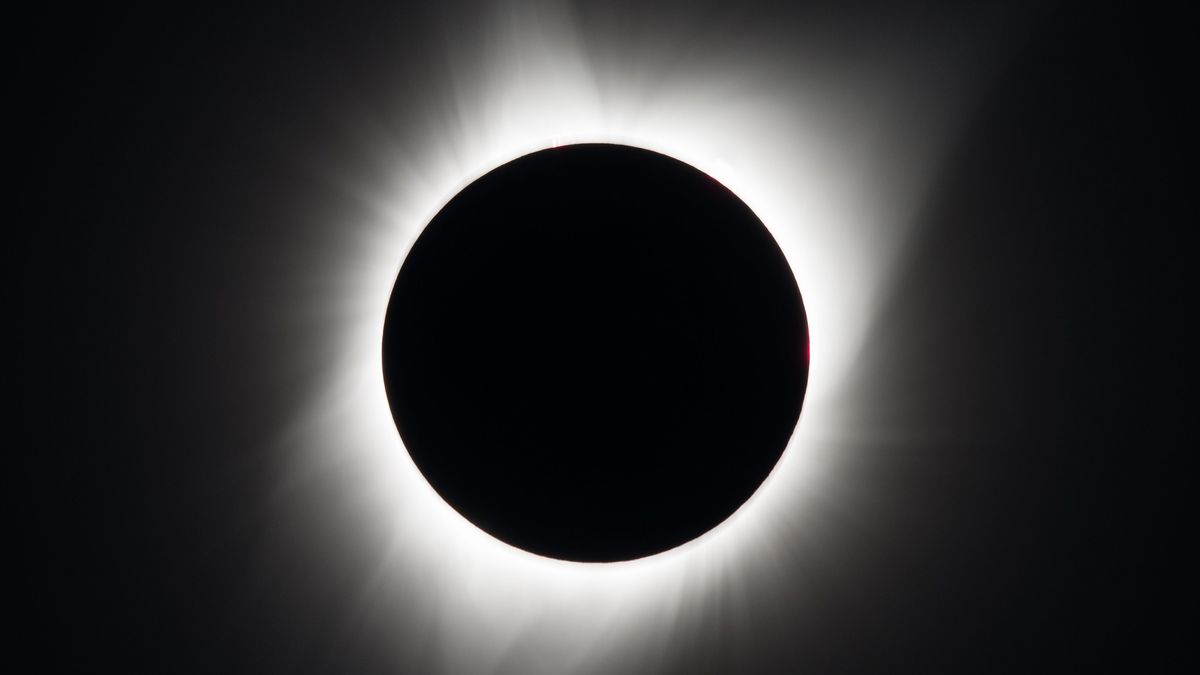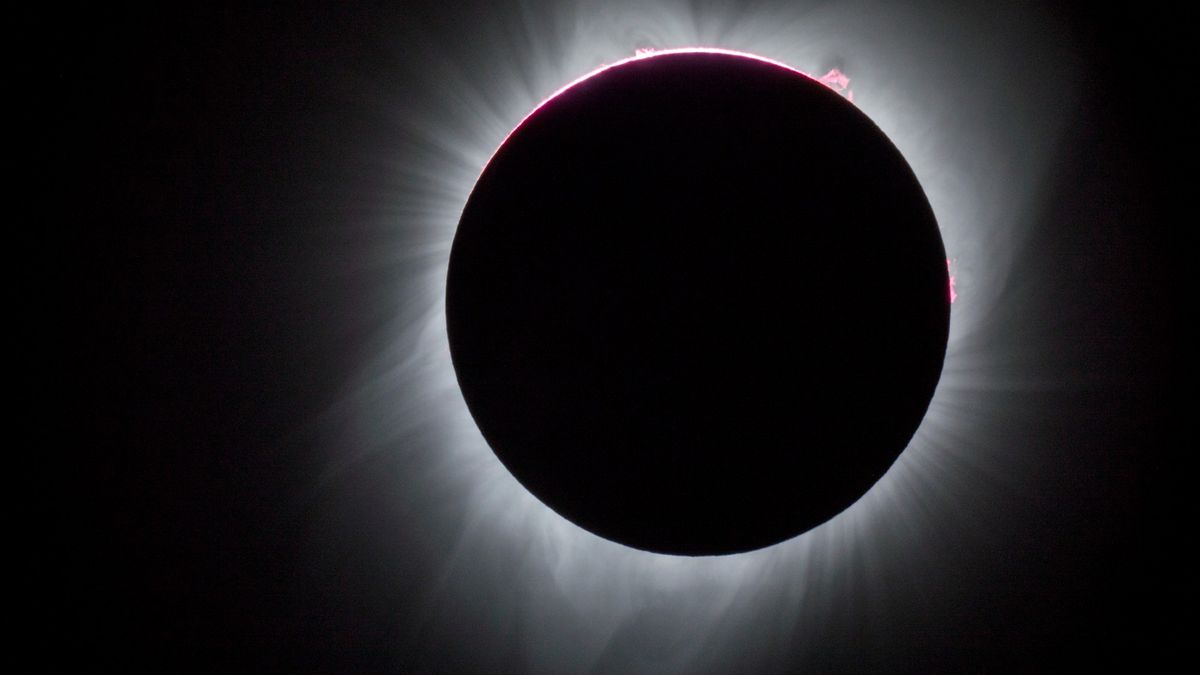Upcoming Solar Eclipses: A Comprehensive Guide
Witnessing a total solar eclipse is a rare and mesmerizing experience that leaves a lasting impression on those fortunate enough to view it. Whether you have already been captivated by the phenomenon or are eagerly anticipating your first encounter with a total solar eclipse, it is essential to be aware of the upcoming celestial events that will offer you a chance to witness this awe-inspiring spectacle.
When is the Next Total Solar Eclipse in the United States?
While many may anticipate the total solar eclipse of 2044, there is an earlier opportunity to witness this celestial event in the U.S. On March 30, 2033, a total solar eclipse will be visible in the remote Alaskan region. The path of totality will traverse the northwestern part of the state, offering a brief yet breathtaking moment of darkness amidst the striking Alaskan landscape.
For those seeking to witness a total solar eclipse from the Lower 48, the next opportunity will occur on August 22, 2044. This eclipse will cast its shadow over three U.S. states: Montana, North Dakota, and South Dakota. Although infrastructure in this region is more accessible compared to remote Alaska, it is advisable to make travel arrangements well in advance to ensure a seamless viewing experience.
Furthermore, another significant total solar eclipse is set to occur on August 12, 2045, captivating a wider audience with its path of totality stretching from northern California to Florida. This eagerly awaited event promises to deliver a stunning celestial display that will leave spectators in awe.
When and Where is the Next Total Solar Eclipse Globally?
If the anticipation of a decade-long wait for a total solar eclipse in the U.S. seems daunting, fear not, as a global opportunity presents itself sooner. On August 12, 2026, a total solar eclipse will grace the skies, with Spain being a prime viewing location. The eclipse’s path will traverse the northern region of the country, offering a chance for both residents and visitors to witness this extraordinary celestial event firsthand.
Travelers with a taste for adventure can explore more remote locations as the eclipse travels through the east coast of Greenland before culminating in Reykjavik, Iceland. These less frequented locales provide an alternative viewing experience for those seeking a unique eclipse-chasing endeavor.
Exploring Annular and Partial Solar Eclipses
While total solar eclipses may steal the spotlight, annular and partial solar eclipses offer their own charm and mystique. An annular solar eclipse, also known as the “ring of fire,” is scheduled for October 2, providing a captivating sight for observers in Chile, Argentina, and select Pacific islands.
For those in the U.S. eager for a celestial show, the partial eclipse of March 29, 2025, will be visible in the nation’s northeastern territories, offering a glimpse of nature’s grand astronomical ballet.
Image/Photo credit: source url





